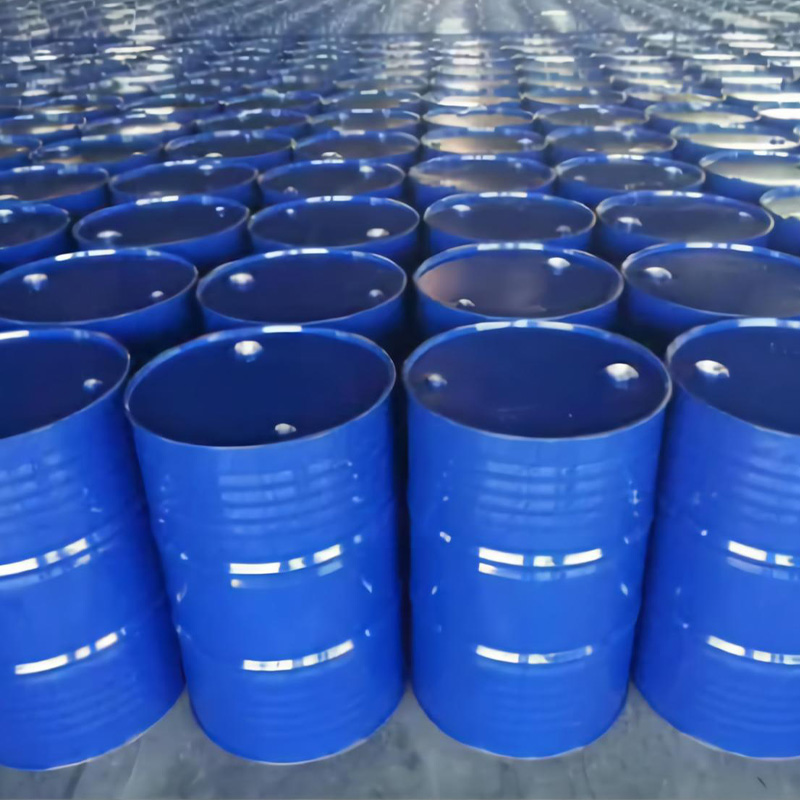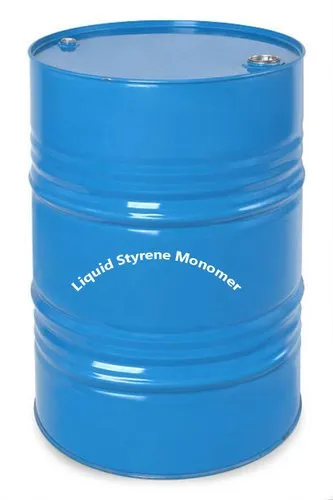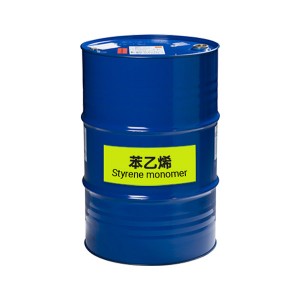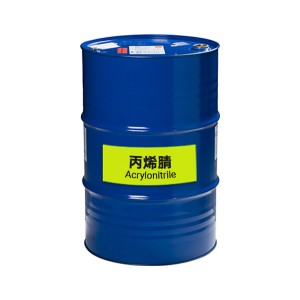
Products
styrene for Acrylonitrile Butadiene Styrene
styrene for Acrylonitrile Butadiene Styrene,
ABS Raw Material, Styrene For ABS Resin, styrene used for manufacture ABS, Styrene Used For Plastics,
ABS has good chemical and stress-cracking resistance to inorganic salt solutions, alkalies, mineral acids (except strong oxidizing acids), and some mineral, vegetable, and animal oils. ABS is easily machined to close tolerances, is tough, dimensionally stable, and may also be thermoformed. Petroleum-based oils, solvents, and paints SHOULD NOT BE USED, as they will cause the material to craze. ABS is also one of the few non-metallic materials which can be readily electroplated (after an electroless plating surface has been applied using a selective etching process).
ABS (Acrylonitrile-Butadiene-Styrene) is a copolymer composed of two copolymers and is one of the most common polymer materials. Styrene and Acrylonitrile form a linear copolymer (SAN) that serves as a matrix. Butadiene and Styrene also form a linear copolymer (BS rubber) which acts as the filler material. The combination of the two copolymers gives ABS an excellent combination of strength, rigidity, and toughness.
Product Features
| CAS Number | 100-42-5 |
| EINECS No. | 202-851-5 |
| H.S. Code | 2902.50 |
| Chemical formula | H2C=C6H5CH |
| Chemical Properties | |
| Melting point | -30-31 C |
| Boling point | 145-146 C |
| Specific gravity | 0.91 |
| Solubility in water | < 1% |
| Vapour density | 3.60 |
Synonyms
Cinnamene; Cinnamenol; Diarex HF 77; Ethenylbenzene; NCI-C02200;Phenethylene; Phenylethene; Phenylethylene; Phenylethylene, inhibited; Stirolo(Italian); Styreen (Dutch); Styrene (CZECH); Styrene Monomer (ACGIH); StyreneMonomer, Stabilized (DOT); Styrol (German); Styrole; Styrolene; Styron; Styropor; Vinylbenzen (CZECH); Vinylbenzene; Vinylbenzol.
Certificate of Analysis
| Property | Data | Unit |
| Bases | A level≥99.5%;B level≥99.0%. | - |
| Appearance | colorless transparent oily liquid | - |
| Melting point | -30.6 | ℃ |
| Boiling point | 146 | ℃ |
| Relative density | 0.91 | Water=1 |
| Relative vapor density | 3.6 | Air=1 |
| Saturated vapor pressure | 1.33(30.8℃) | kPa |
| Heat of combustion | 4376.9 | kJ/mol |
| Critical temperature | 369 | ℃ |
| Critical pressure | 3.81 | MPa |
| Octanol/water partition coefficients | 3.2 | - |
| Flash point | 34.4 | ℃ |
| Ignition temperature | 490 | ℃ |
| Upper explosive limit | 6.1 | %(V/V) |
| Lower explosive limit | 1.1 | %(V/V) |
| Solubleness | Insoluble in water, soluble in alcoho and most organic solvents. | |
| Main application | Used for manufacturing polystyrene, synthetic rubber, ion-exchange resin ,etc. | |
Package and Delivery
Packaging Detai: Packed in 220kg/drum,17 600kgs/20’GP
ISO TANK 21.5MT
1000kg/drum, Flexibag, ISO tanks or according to customer`s request.

Product Application
Used in the manufacture of rubbers, plastics, and polymers.
a) Production of: expandable polystyrene (EPS);
b) Production of polystyrene (HIPS) and GPPS;
c) Production of styrenic co-polymers;
d) Production of unsaturated polyester resins;
e) Production of styrene-butadiene rubber;
f) Production of styrene-butadiene latex;
g) Production of styrene isoprene co-polymers;
h) Production of styrene based polymeric dispersions;
i) Production of filled polyols. Styrene is mainly used as a monomer for the manufacture of polymers (such as polystyrene, or certain rubber and latex)



